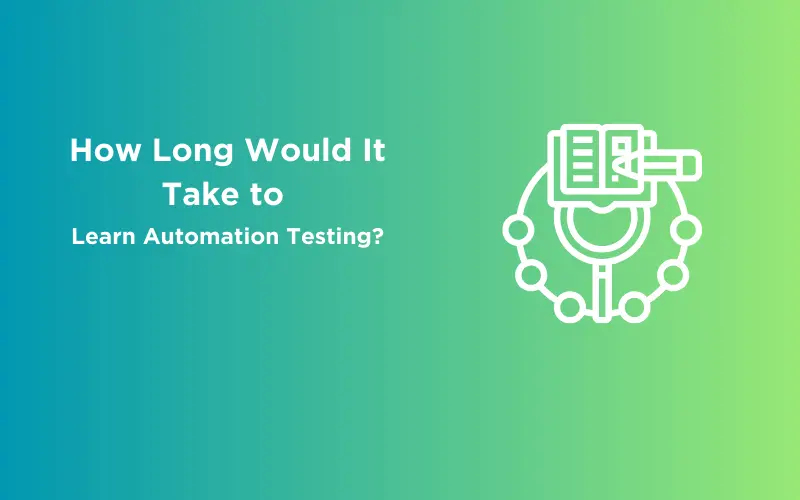
How Long Would It Take to Learn Automation Testing?
Apr 17, 2025 6 Min Read 10198 Views
(Last Updated)
Think about all the software you use every day – from apps on your phone to websites on your computer. Making sure these things work well is super important. That’s where automation testing comes in!
Curious about becoming an automation tester and want to know how long would it take to learn automation testing? It’s like a journey in three stages: basics (1-2 months), deeper skills (3-6 months), and pro level (6-12+ months). But remember, everyone’s journey is different. It depends on how much you practice, your previous experience, and how tough your projects are. Learning isn’t a straight line, it’s more like an adventure.
As we move forward in this blog, we’ll learn about how you can start your journey into automation testing. Don’t worry if you’re new – we’ll break it down in simple steps. Whether you’re a tech wizard or just someone curious about cool software stuff, this blog will guide you through the exciting world of automation testing. Let’s get started on this awesome adventure!
Table of contents
- What is Automation Testing?
- Factors Influencing Learning Time
- Background Knowledge: Programming and Testing Concepts
- Technical Background: Coding Languages and Tools
- Learning Approach: Formal Courses, Online Tutorials, Self-Study
- Practice and Hands-On Experience
- Complexity of Projects
- Learning Curiosity and Motivation
- Stages of Learning
- Beginner Stage: Introduction to Automation Testing
- Intermediate Stage: Building Depth
- Advanced Stage: Mastering Automation Testing
- Time Estimates for Each Stage
- Beginner Stage
- Intermediate Stage
- Advanced Stage
- Tips for Efficient Learning
- Set Clear Learning Goals
- Practice Regularly
- Hands-On Projects
- Contribute to Open-Source
- Learn from Others
- Stay Curious
- Document Your Learning
- Continuous Learning
- Problem-Solving Approach
- Review and Reflect
- Collaborate and Share
- Conclusion
- FAQs
- How long does it take to become proficient in automation testing?
- Can I learn automation testing quickly if I have no programming background?
- Are there shortcuts to learn automation testing faster?
What is Automation Testing?

Automation testing is a software testing approach that involves using automated tools and scripts to execute pre-defined test cases and compare actual outcomes with expected results.
The primary goal of automation testing is to streamline the testing process by automating repetitive and time-consuming tasks, thereby enhancing efficiency, accuracy, and reliability. It complements manual testing and is particularly useful for regression testing, load testing, and scenarios where repetitive testing is necessary.
Enrol in GUVI’s Selenium Automation Testing Course to get your software testing career off to a great start. Here, you can master in-demand skills like Selenium, Python, Java, Jenkins, JMeter, API Testing, and more.
Factors Influencing Learning Time
Learning automation testing can be an exciting journey, but the time it takes to master this skill can vary widely based on several important factors. Let’s explore these factors that influence how quickly you can become proficient in automation testing.
1. Background Knowledge: Programming and Testing Concepts
Your prior understanding of programming concepts and testing methodologies plays a significant role in how fast you pick up automation testing. If you’re already familiar with the basics of coding, variables, loops, and conditional statements, you’ll have a head start. Likewise, understanding software testing principles, such as test cases and bug tracking, can help you grasp automation testing concepts more quickly.
2. Technical Background: Coding Languages and Tools
If you have experience with programming languages commonly used in automation testing, like Python, Java, or JavaScript, you’ll likely have an easier time learning. Familiarity with these languages can make it smoother to understand and write automation scripts. Additionally, if you’ve worked with testing tools or frameworks before, adapting to new automation testing tools may be less challenging.
3. Learning Approach: Formal Courses, Online Tutorials, Self-Study
The way you choose to learn automation testing matters. Taking formal Selenium Automation Testing Course, whether online or in-person, can provide structured guidance and hands-on practice. Online tutorials and self-study can be flexible, but they might require more self-discipline and determination. The quality of the learning resources you choose can significantly impact how effectively you learn and apply automation testing concepts.
4. Practice and Hands-On Experience
Automation testing is a practical skill, and practice makes a huge difference in your learning speed. The more time you dedicate to hands-on practice, the quicker you’ll become proficient. Creating and running test scripts, experimenting with different tools, and tackling real-world testing scenarios will enhance your understanding and confidence. Hands-on experience is crucial for solidifying your knowledge and troubleshooting challenges.
5. Complexity of Projects
The complexity of the automation projects you’re working on can influence learning time. Starting with simple projects and gradually moving to more intricate ones allows you to build a strong foundation. As you gain experience and confidence, you can take on more complex projects that involve testing various functionalities, platforms, and integrations.
6. Learning Curiosity and Motivation
Your personal motivation and eagerness to learn can significantly impact the time it takes to master automation testing. A genuine interest in the field, a curiosity to explore new tools, and the determination to overcome challenges can accelerate your learning process. Staying motivated and curious will encourage consistent learning and experimentation.
In the realm of automation testing, your background knowledge, technical familiarity, chosen learning approach, hands-on practice, and enthusiasm all combine to determine how quickly you’ll become proficient.
Remember that everyone learns at their own pace, so focus on steady progress, continuous practice, and the joy of mastering a valuable skill that enhances software quality and efficiency.
Stages of Learning

Learning automation testing involves progressing through distinct stages, each building upon the knowledge gained in the previous one. Let’s break down the learning process into three main stages:
1. Beginner Stage: Introduction to Automation Testing
At the beginner stage, you’re just stepping into the world of automation testing. This stage is all about understanding the fundamental concepts and getting familiar with the basic tools and scripting.
Key Objectives:
Conceptual Understanding: Learn about the importance of automation testing in software development and its benefits.
Introduction to Tools: Explore common automation testing tools such as Selenium, Appium, or Cypress. Understand their purpose and capabilities.
Basic Scripting: Learn the basics of a programming language like Python, Java, or JavaScript, focusing on variables, loops, and conditional statements.
Creating Simple Tests: Begin by creating simple automation scripts that perform basic actions like clicking buttons, filling out forms, and verifying results.
Basic Test Frameworks: Understand the structure of basic test frameworks and how to organize test cases.
Also, if you want to explore Automation Testing with Python through a Self-paced course, try GUVI’s Selenium Automation with Python certification course.
2. Intermediate Stage: Building Depth
In the intermediate stage, you delve deeper into automation testing, expanding your skills and knowledge to tackle more advanced scenarios.
Key Objectives:
Advanced Scripting: Enhance your scripting skills by learning about functions, classes, and more advanced programming concepts.
Testing Frameworks: Explore more advanced testing frameworks like TestNG, JUnit, or pytest, which provide better organization and reporting for test suites.
Integration with CI Tools: Learn how to integrate your automation tests with Continuous Integration (CI) tools like Jenkins or Travis CI for automated test execution.
Creating Comprehensive Tests: Build more complex and comprehensive test scripts that cover different functionalities of an application.
Handling Test Data: Understand techniques for managing and using test data effectively within your scripts.
3. Advanced Stage: Mastering Automation Testing
The advanced stage is where you become a true expert in automation testing, capable of handling complex scenarios and optimizing your automation efforts.
Key Objectives:
Complex Test Scenarios: Master creating automation scripts for complex scenarios involving multiple steps and intricate interactions.
Test Data Management: Learn advanced techniques for managing and manipulating test data, including data-driven testing and dynamic data generation.
Advanced Automation Techniques: Dive into advanced automation techniques such as parallel test execution, cross-browser testing, and headless testing.
Error Handling and Reporting: Develop skills in handling errors gracefully within your scripts and generating detailed reports for test outcomes.
Optimization and Maintenance: Learn strategies for optimizing and maintaining your automation suite, including refactoring code and keeping tests up-to-date.
Remember that progress through these stages isn’t necessarily linear, and you might find yourself revisiting certain concepts as you tackle more advanced topics. The key to success is consistent practice, curiosity, and a willingness to learn from both successes and challenges.
As you move through these stages, you’ll find yourself becoming a proficient automation tester, capable of enhancing software quality and efficiency through automated testing.
Time Estimates for Each Stage

Beginner Stage
Time Range: 1 to 2 months
During this stage, you’ll be introduced to the basics of automation testing, familiarize yourself with fundamental tools, and learn basic scripting concepts. It’s a foundational stage that sets the groundwork for more advanced learning.
Intermediate Stage
Time Range: 3 to 6 months
In the intermediate stage, you’ll deepen your understanding of automation testing by exploring advanced testing frameworks, integrating with CI tools, and creating more complex test scripts. This stage allows you to build upon your beginner skills and gain confidence in handling more intricate scenarios.
Advanced Stage
Time Range: 6 to 12 months or more
The advanced stage is where you’ll become a master in automation testing. Here, you’ll tackle complex test scenarios, learn advanced automation techniques, and focus on optimization and maintenance. This stage requires time to refine your skills and gain practical experience in real-world projects.
Keep in mind that these time ranges are approximate and can vary based on factors such as your prior programming experience, the intensity of your learning, the resources you’re using, and the complexity of projects you’re working on.
It’s also important to note that learning is not a linear process, and you might find yourself spending more or less time in each stage depending on your personal learning curve. The key is to set realistic goals, stay committed to consistent practice, and enjoy the journey of acquiring a valuable skill in automation testing.
Tips for Efficient Learning

Set Clear Learning Goals
Define specific goals for each learning stage. For example, in the beginner stage, you might aim to understand basic automation concepts and create simple test scripts. Clear goals provide direction and help measure progress.
Practice Regularly
Consistent practice is key. Spend dedicated time each day or week working on automation projects, writing scripts, and solving problems. Regular practice reinforces your understanding and builds confidence.
Hands-On Projects
Apply what you learn by working on real projects. Start with simple exercises and gradually move to more complex scenarios. This practical experience is invaluable for building skills and problem-solving abilities.
Contribute to Open-Source
Consider contributing to open-source automation projects. This provides exposure to real-world coding practices, collaboration, and feedback from experienced developers, enhancing your learning significantly.
Learn from Others
Engage with online communities, forums, and blogs related to automation testing. Interacting with experienced testers can help you gain insights, troubleshoot challenges, and stay updated with best practices.
Stay Curious
Be curious and explore beyond your comfort zone. Investigate new tools, techniques, and trends in automation testing. Embracing a curious mindset will keep your learning exciting and dynamic.
Document Your Learning
Take notes, create summaries, and document your learning journey. This can be a valuable reference for reviewing concepts and tracking your progress over time.
Continuous Learning
Automation testing is ever-evolving. Stay updated with the latest trends, tools, and practices. Follow industry blogs, attend webinars, and take advantage of online courses to keep your knowledge current.
Problem-Solving Approach
Treat challenges as learning opportunities. When you encounter errors or obstacles, investigate them, research solutions, and learn from the process of overcoming them.
Review and Reflect
Regularly review your scripts and projects. Reflect on what you’ve learned, what worked well, and where you can improve. This reflective practice helps reinforce your understanding and refine your skills.
Collaborate and Share
Collaborate with peers, share your knowledge, and seek feedback. Teaching others or explaining concepts can deepen your understanding and help you see things from different perspectives.
Remember that learning automation testing is a gradual process, and it’s okay to face challenges along the way. Embrace the journey, celebrate your progress, and know that becoming proficient in automation testing takes time, dedication, and a willingness to continuously learn and adapt.
If you’re eager to dive deep into software testing, consider joining GUVI’s Selenium Automation Testing Course. In this program, you’ll learn the fundamentals of Selenium, Python, Java, Jenkins, JMeter, API Testing, and more. Gain hands-on experience with industry-standard tools and techniques to get into a professional career focusing on the quality of Product & Process development.
Conclusion
As we conclude our journey through automation testing, it’s important to remember a few key things. First, learning automation testing is like a personal adventure. It’s okay if you take different amounts of time to learn – everyone is unique!
Remember, improving your skills is a continuous process. You don’t just learn and stop. You keep getting better over time, like a superhero upgrading their powers.
Putting what you learn into action is super important. Imagine learning to ride a bike – you get better by actually riding, not just reading about it. So, try out what you learn on real projects and practice a lot.
Lastly, don’t wait! Start learning today. No matter where you begin, each step you take helps you become a pro in automation testing.
Automation testing is like a secret tool that helps make software better and faster. By learning it, you’re becoming a hero in the world of software. So, start your journey, stay curious, and enjoy the ride!
FAQs
The time it takes to become proficient in automation testing varies from person to person. It depends on factors like your prior programming knowledge, the amount of time you dedicate to learning, and the complexity of the projects you work on.
Generally, beginners might take a couple of months to grasp the basics, while becoming proficient in advanced automation techniques could take around a year or more of consistent learning and practice.
Absolutely! While having some programming background can be helpful, it’s not a requirement. If you’re starting from scratch, the beginner stage of learning automation testing might take a little longer to understand programming concepts and tools.
However, with consistent practice, dedication, and the right learning resources, you can still become proficient in automation testing within a reasonable timeframe.
While there are no shortcuts that guarantee instant expertise, there are strategies that can help you learn more efficiently. Setting clear goals for each learning stage, practicing consistently, working on real projects, and seeking guidance from experienced testers can all contribute to speeding up your learning process. Remember that mastering automation testing requires a combination of time, effort, and practical application.







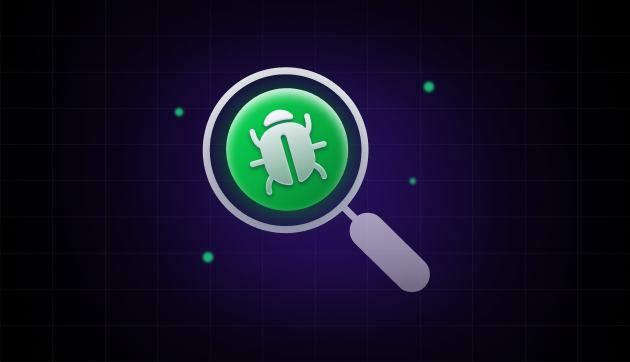

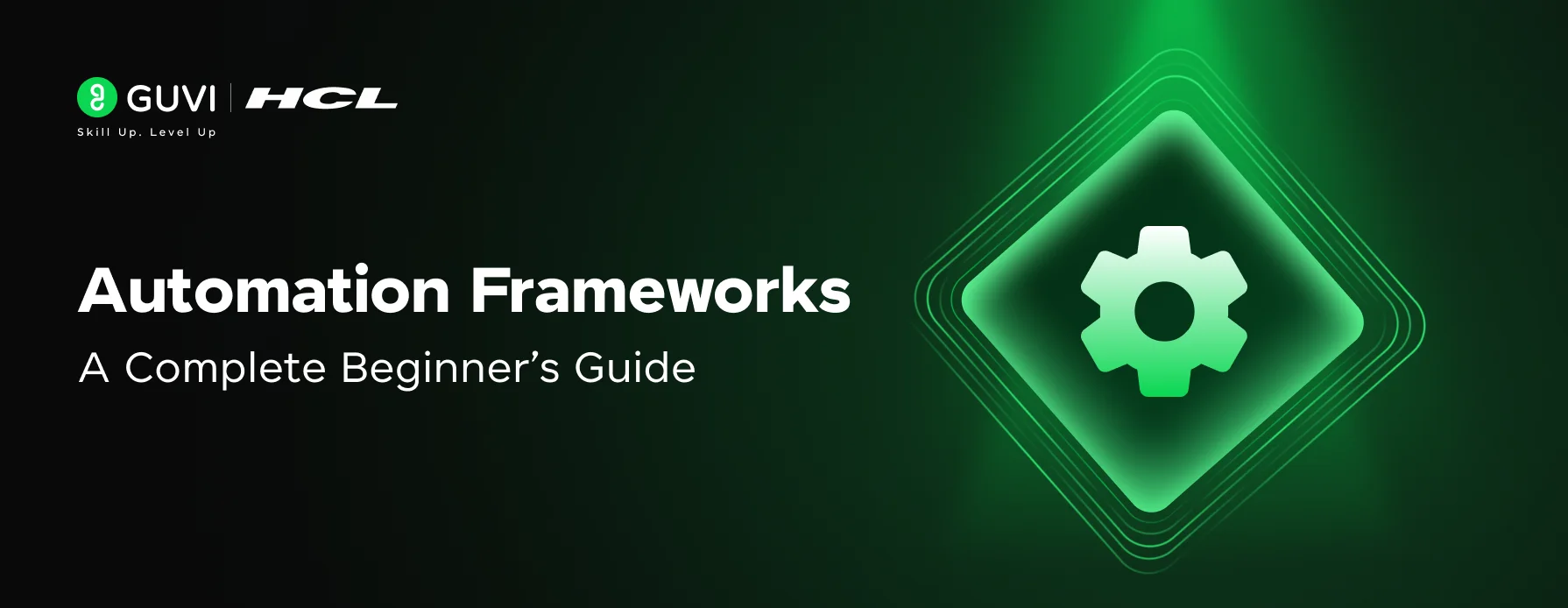
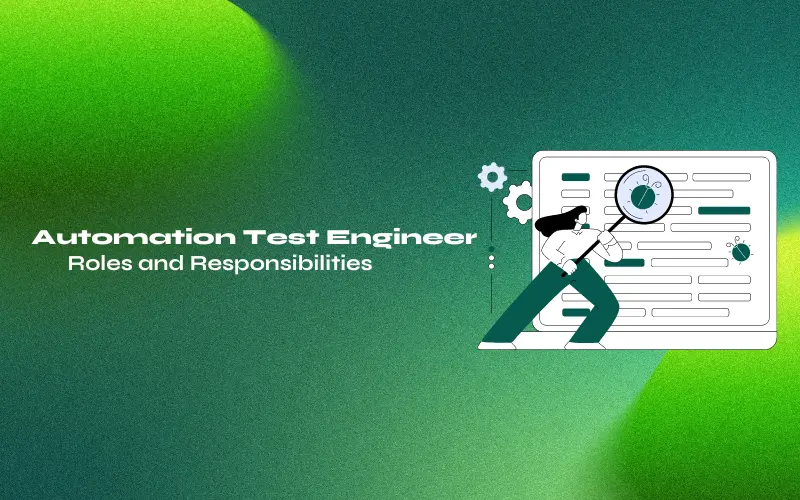
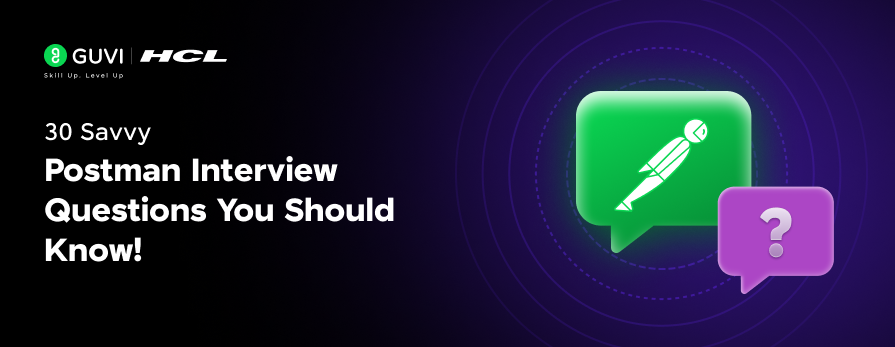

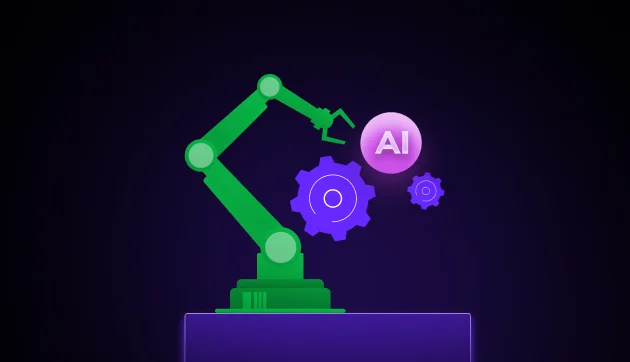
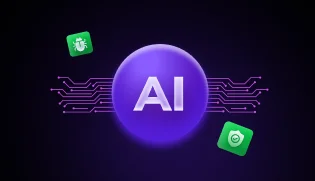

Did you enjoy this article?